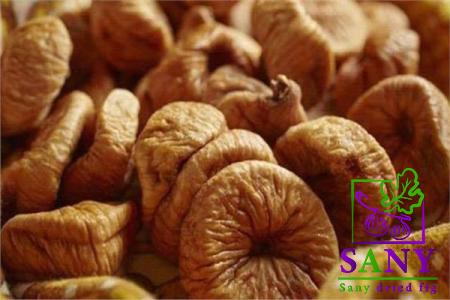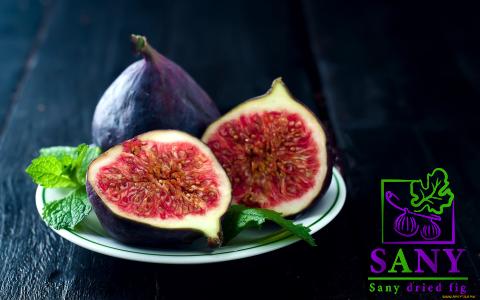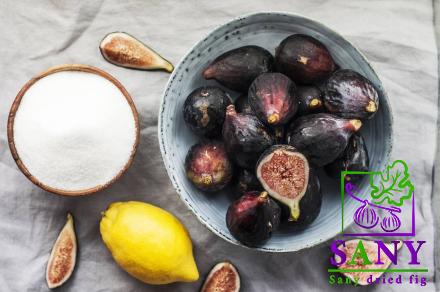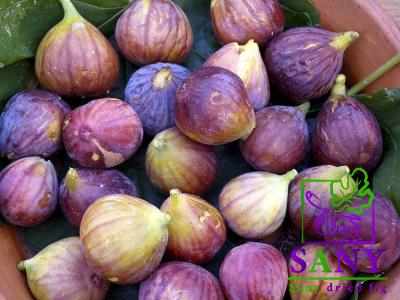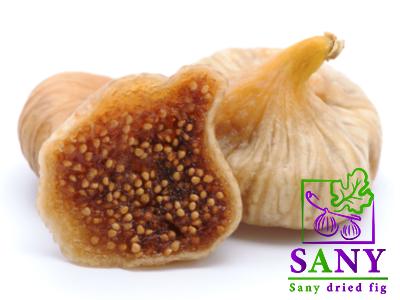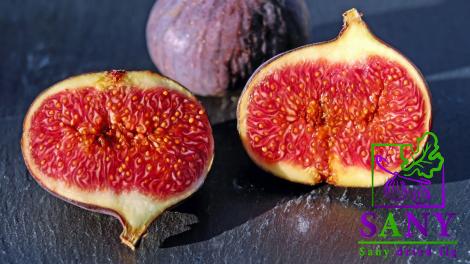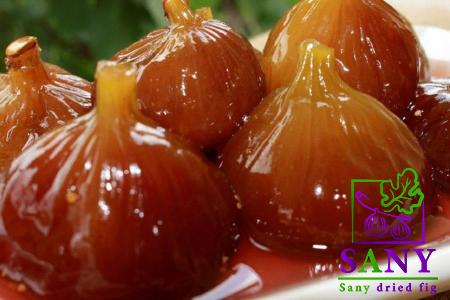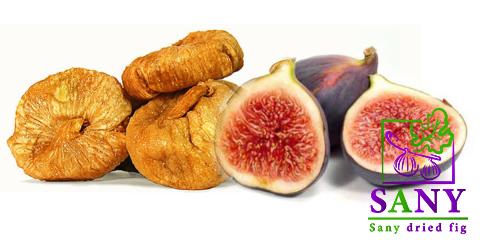Dried figs demand + great purchase price
The annual demand for dried figs per person throughout the world is projected to grow by a negligible amount, from 0
017 kilograms in 2016 to 0
019 kg in 2019
Despite this, high-income economies have been shown to have a consumption rate that is much greater than the average per person
The dried figs market is predicted to grow in response to rising consumer demand for healthy foods and the growing usage of dried figs in food items such as desserts, snacks and bars, bakery goods, confectioneries, cereals, and dairy products
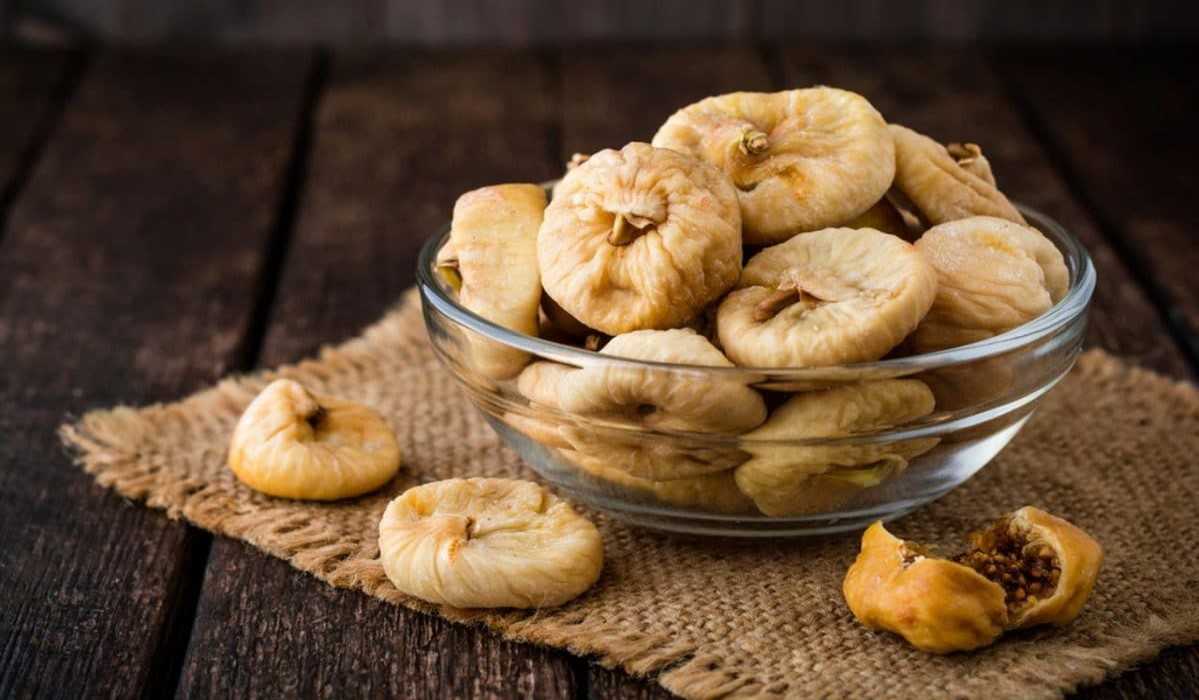
Additionally, factors such as an increase in the number of supermarkets, hypermarkets, and retail outlets, together with a rise in urbanization and consumer health consciousness, are expected to fuel market expansion
The average annual consumption of dried figs per person around the globe rose slightly from 0
017 kg in 2016 to 0
019 kg in 2019, according to the latest estimates
Despite this, high-income economies have been shown to have a consumption rate that is much greater than the average per person
For instance, according to the data that was uncovered by the International Nut & Dry Fruit Council, dried figs account for 6% of the overall consumption of dried fruit in high-income economies, but they only account for 3% of the overall consumption of dried fruit in economies with a middle-income level of income
For example, over the years 2016-2018, the average annual consumption of dried figs per person in the countries of Iran, Germany, France, Canada, and Switzerland was respectively 0
203, 0
158, 0
196, 0
118, and 0
399 kg, whereas in Greece this figure was 0
277 kg
This makes it very evident that countries with high incomes have a greater potential for opportunity than economies with moderate incomes
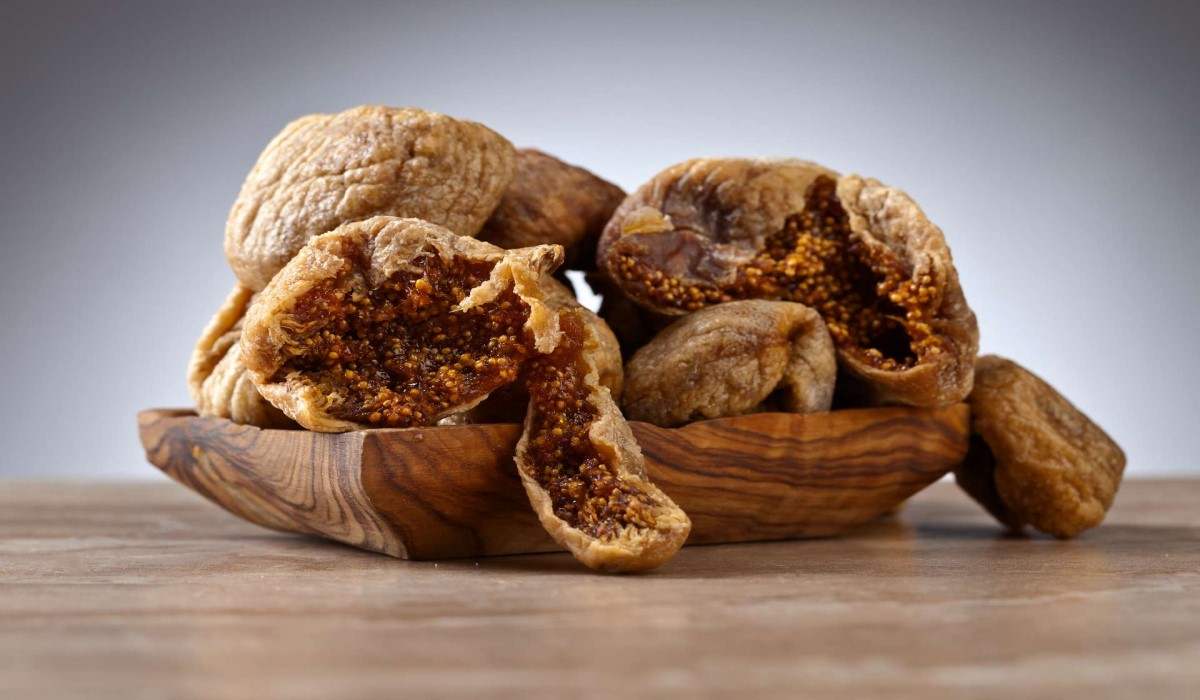
Iran Is Expected to Dominate the Global Market for Dried Figs
Iran is one of the major consumers of dried figs in the world, accounting for roughly 17,352 metric tons of consumption during the 2018-2019 year
Furthermore, the information that was disclosed by the International Nuts & Dry Fruit Council indicated that the consumption of dried figs on a per capita basis fluctuated between the years 2016 and 2018
For instance, the consumption of dried figs on a per capita basis was recorded at 0
248 kilograms per year in 2016–17, but by 2017–18, that number had dropped dramatically to 0
203 kg per year, representing a decrease of 18
1 percent
The nation is one of the greatest producers of figs in the world, even though it is a significant consumer of fruit
For example, according to the numbers that were made public by the Tropical and Subtropical Fruits Department of the Ministry of Agriculture in 2018, Iran produced approximately 80,000 metric tons of figs
As a result, the country’s status as a mere producer, coupled with the ongoing trade crisis caused by the COVID-19 disease outbreak, is likely to be treated as a potential opportunity to serve the domestic markets
This is likely to be the case because of the potential for the opportunity to serve the domestic markets
This may lead to an increase in the consumption of dried figs on a per-person basis during the next several years
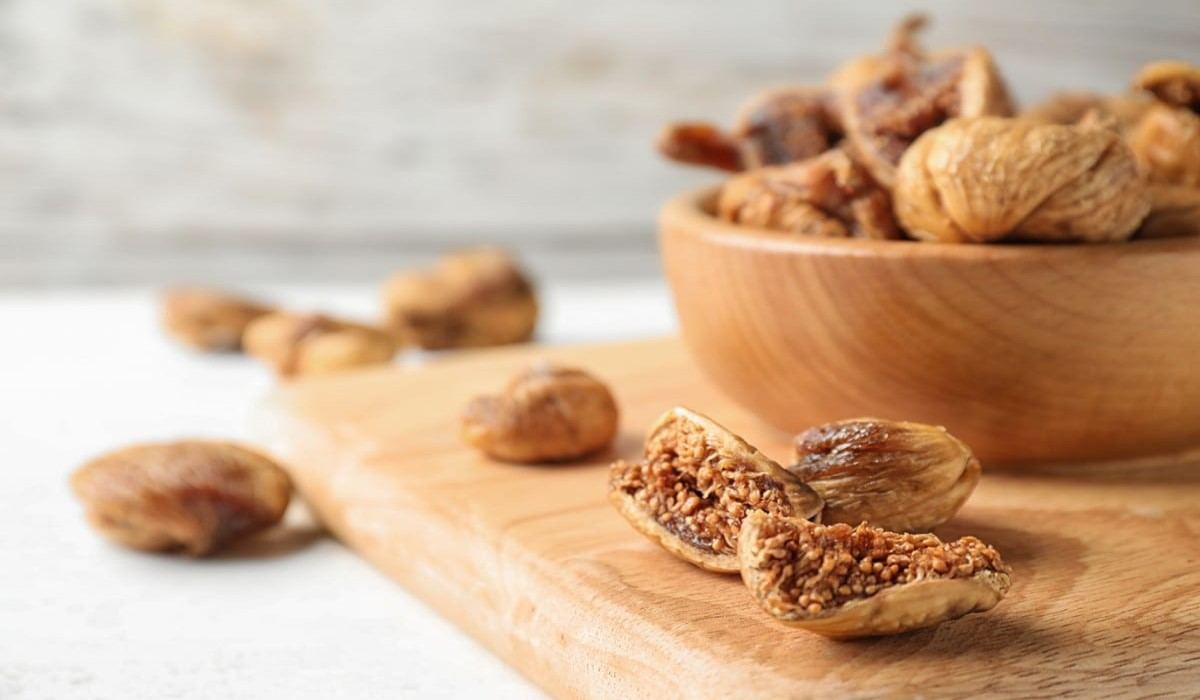
Dried figs demand
Dried figs have a high level of demand all over the globe and are a significant contributor to the economies of nations like Turkey and Iran
Figs designated for export are those considered to be of the finest grade
Because how figs are grown and dried has a substantial impact on whether or not they are suitable for export, some varieties of figs are not allowed to be sent overseas
When compared to prices for other categories, the price of dried figs that are intended for export is more set in stone
The value that is added to export fruit might also contribute to a rise in the price of the fruit
The fact that a product is organic, for instance, is one of the aspects that determine whether or not it may be exported
The breed of seedling that is used to get the fruit must be hardy and able to store it for an extended period if it is to be successful
The figs must not have any bugs or other problems on them
Iran is known across the world for the quality of its dried figs, which are one of the types of figs that it exports
The cost of dried figs exported from Iran is relatively affordable, and since there is such a large supply of them, they are purchased and sold in large quantities both inside and outside the country
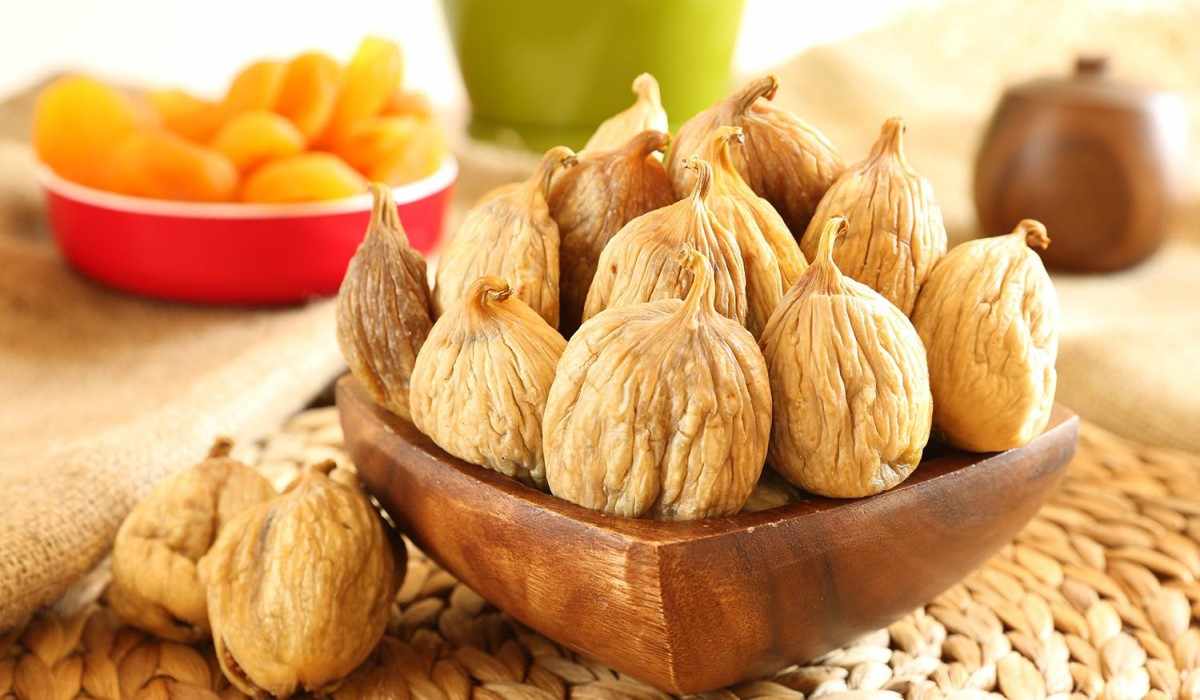
Both the dried figs in bulk and the packaged varieties are sent overseas
However, the majority of items are sent out of those nations in bulk form since there is no adequate export platform in the form of packaging for such goods
If dried figs are packed for export, not only will the price of those figs be significantly greater, but the nation will also see a much larger profit from their sale
However, if the export is done in large quantities, the amount of foreign currency required will be lower
The quality of dried figs that are sent overseas might be classified as AAA, AA, A, or B
The seeds that fall into Category B have a dark hue, however other than the product’s overall health and quality, the size and color of the seeds are not given a great deal of consideration
Dried figs for export, which are prepared from figs and come in big and coarse sizes, have a price that is considerably more set
Because these seeds that are shipped contain all the characteristics of a robust and high-quality fig, they are exported
The dried fig industry may be ripe for nations looking to establish their own brand
Iran provides these nations with low-cost, high-quality figs in volume
Dried figs for export are cheaper because they are produced in large quantities at a lower cost than branded figs
They add value to the seeds by packaging and sterilizing them, and then selling them under their own brand
Iran is the world’s fifth-largest producer of uranium ore
However, when it comes to exports, it ranks poorly
